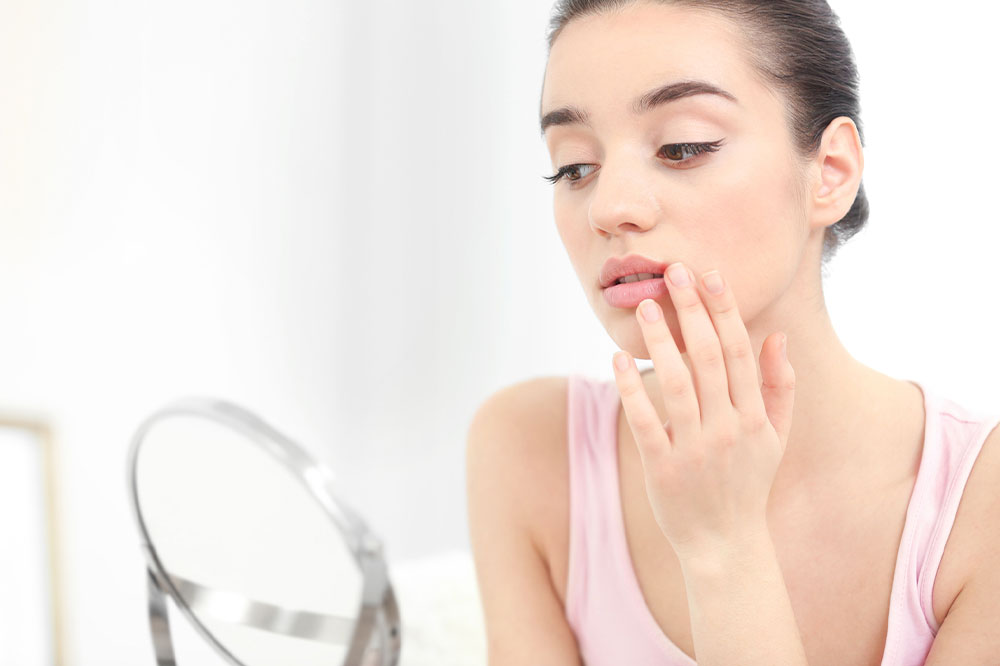
Cold sores – Causes, symptoms, and management
Cold sores, also known as fever blisters are a common type of viral infection. These sores are fluid-filled blisters that occur on or around the lips and often develop together in a patch. Moreover, cold sores are known to take two to three weeks to heal and usually do not leave any scars after. Knowing the causes, symptoms, and treatment methods of this condition may help prevent it from recurring.
Causes
Cold sores develop from certain strains of HSV-1 and HSV-2 viruses. While HSV-1 is the one that usually causes cold sores, and HSV-2 spreads to the genitals and causes herpes, both can be responsible for spreading of cold sores. Once the virus settles in the nerve cells in the skin, there are some possible triggers that can risk the return of cold sores even after they have been treated before. Here are some of the triggers to be careful of:
- Fever or viral infection
- Changes in the immune system
- Injury to the skin
- Hormonal changes, like those related to menstruation
- Fatigue
- Stress
- Being in the sun or wind for long
Signs and symptoms
There are several stages that a cold sore passes through and here are some signs one should observe:
- Stage 1
A tingling and itching sensation around the lips is experienced for a day. After that, a small, hard-at-first blister is formed, which is painful to the touch. - Stage 2
This one blister turns into a patch of blisters forming around the mouth, sometimes even near the nose and the cheeks and inside the mouth. - Stage 3
The small blisters slowly merge and can even burst. This leaves a shallow open sore, which oozes and then crusts over.
When cold sores happen for the first time, it is possible that the blisters may appear along with fever, painful gums, headache, muscle aches, sore throat or even swollen lymph nodes. And it may take 20 days for the blisters to appear after one has been exposed to the virus. Usually symptoms get milder when the cold sores develop or the second time.
Preventive tips
Since cold sores can easily spread to another person, precautionary steps must be taken to avoid infecting anyone else. Here are some tips to follow for preventive care:
- One must avoid skin contact with anyone else who does not have blisters. The virus easily spreads when the blisters leak.
- Do not share personal items like lip balm, utensils, towel, and other such personal items with others.
- It is important to keep one’s hands clean and always wash them if one is touching others, especially babies whose immunity is still weak.
Treatment options
Cold sores usually take two to three weeks to heal, and usually, a dermatologist prescribes a topical treatment, which can be helpful in managing the painful blisters. Certain antiviral treatment options may also be recommended since this illness is caused due to a virus. If one has developed cold sores more than nine times in a year or is at a high risk of developing any health complications due to the virus, the dermatologist may suggest a regular, long-term treatment to avoid recurrence of cold sores.




